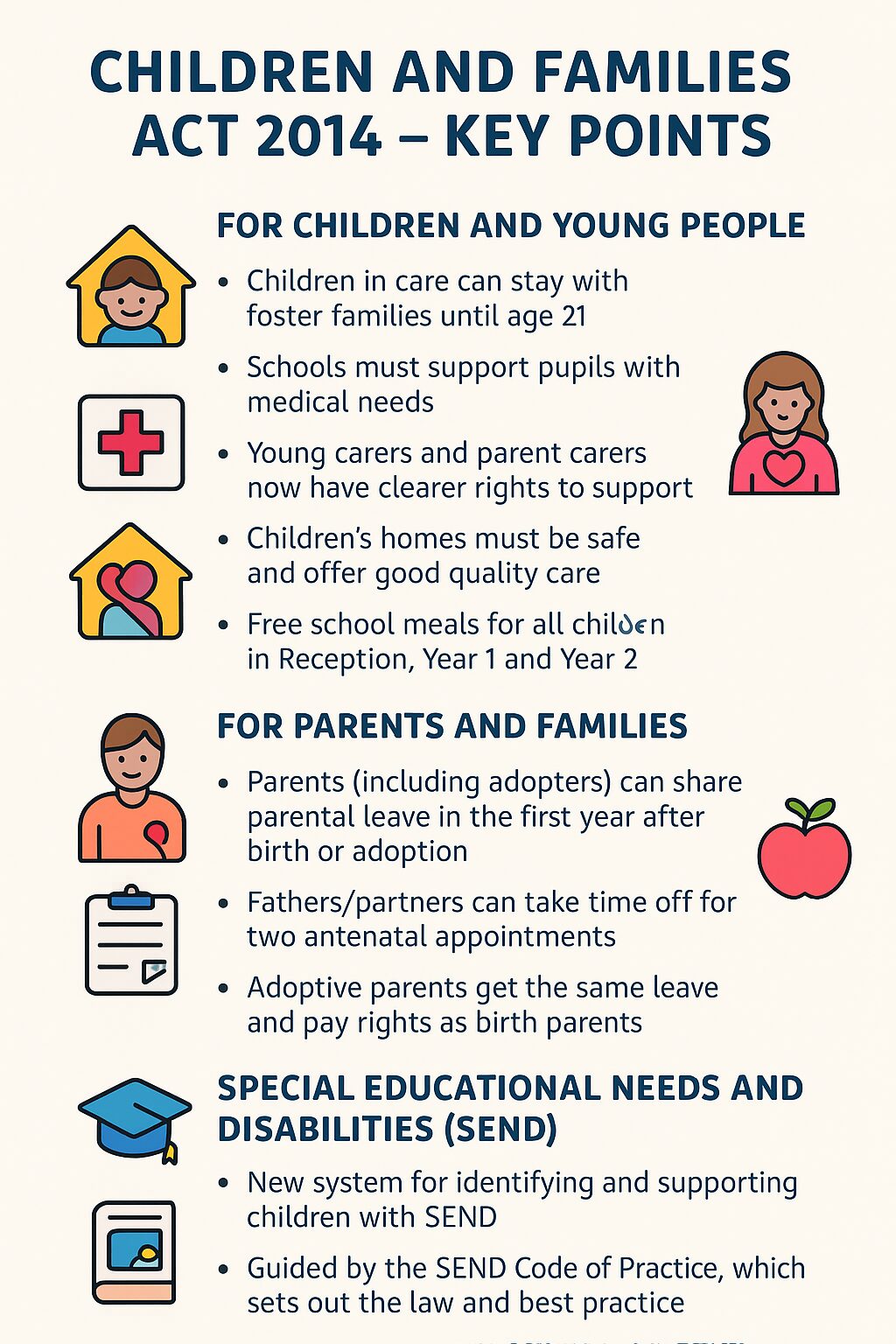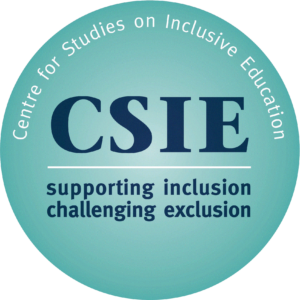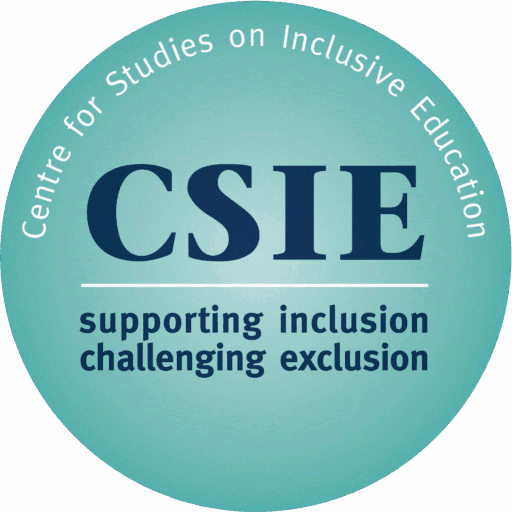The law supporting inclusive education in the UK
Legislation in the UK prohibits discrimination in education and supports inclusive education. The UK also has obligations under international human rights law to provide inclusive education for all children.
Education without discrimination in UK law
It is unlawful for any education provider, including a private or independent provider, to discriminate between pupils on grounds of ethnicity, sex, disability, sexual orientation, gender reassignment, pregnancy and maternity, and religion or belief in admissions, access to benefits or services, exclusions, and in the employment of staff.
There are some exceptions with regard to age, religion and gender (for example to allow for the maintenance of faith schools and single-sex schools); some disabled pupils and pupils with an Education, Health and Care Plan may be segregated in special schools, and schools may temporarily or permanently exclude pupils for disciplinary reasons.
Victimisation
The Act prohibits victimisation, defined as treating a pupil badly because they (or their parent or sibling) has done a “protected act” (or because the school believes that a person has done or is going to do a protected act). A protected act is:
- making a claim or complaint of discrimination under the Act.
- giving evidence or information to support another person’s claim under the Act.
- alleging that the school or someone else has breached the Act.
- doing anything else in connection with the Act.
The Act states that a school must not victimise a person in its admission arrangements, the provision of education, in exclusions or by subjecting the pupil to any other detriment.
Further information on the implications of the Equality Act 2010 for schools can be found in What equality law means for you as an education provider: schools, published by the Equality and Human Rights Commission, together with up to date information on the Commission’s website. See also the full text of the Act and the explanatory notes.

Children and Families Act 2014
The Children and Families Act became law in April 2014. Its aim is to give better protection to children and families, especially those who are thought to be vulnerable.
The Act introduced:
- More protection for children in care and those who need adoption.
- Better support for children with labels of special educational needs and disabilities (SEND).
- Extra help for children whose parents are separating.
- New rights to help parents balance work and family life.
Changes for parents and families:
- From April 2015, mothers, fathers and adopters can share parental leave in the child’s first year. Parents can take turns or take time off together.
- Since October 2014, fathers or partners can take time off to attend up to two antenatal appointments.
- Adoptive parents now get the same leave and pay rights as birth parents, including enhanced pay for the first 6 weeks and time off for introductory meetings. This also applies to people using surrogacy or “foster to adopt” arrangements.
- Since June 2014, all employees have the right to request flexible working. Employers must deal with requests in a “reasonable” way.


